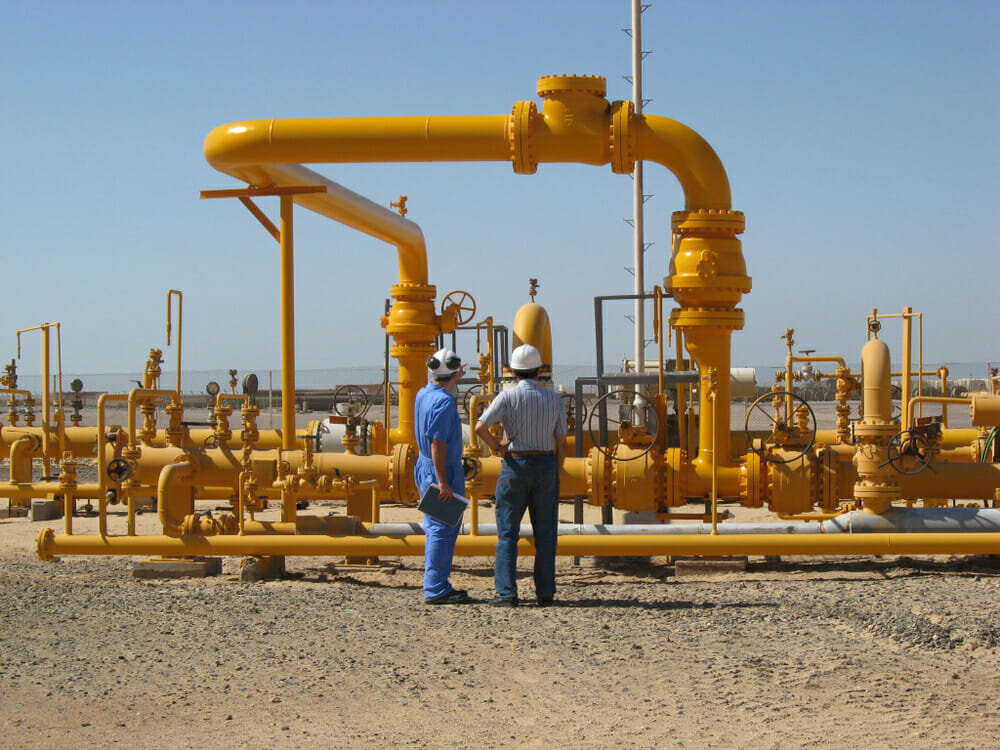As the UK battles through the growing global energy crisis, oil and gas prices continue to rise. This is not only a huge concern for consumers, but also the gas and oil companies as they’re faced with the pressure of managing crippling shortages as well as new demands.
A digital-first approach could be fundamental in helping the industry succeed despite the increasing pressure. Digital innovation is crucial for alleviating the oil and gas crisis and working more efficiently.
In this article, we’re going to explore the latest digital trends and innovations that the oil and gas industry can hugely benefit from.

Robotics & automation
Reducing manpower in favour of robotics and automation is one way to promote safety while working under pressure within an oil and gas site. Futhermore, this will help improve productivity as well as the speed of operations.
Frost & Sullivan reported that the global gas and oil automation market is growing rapidly for two key reasons:
- To recover from COVID-19
- To meet the increasing demands for efficiency, sustainability, and safety
By 2025, the market is expected to reach £18.69 billion – which is a staggering increase of 43 per cent since 2020. Additionally, it’s growing at a compound annual growth rate of 7.5 per cent.
Digital equipment testing to enhance safety
It should come as no surprise that oil and gas sites can pose a notable safety threat to staff. Although there may be certain safety measures in place, such as efforts to eliminate hazards and supplying workers with Personal Protective Equipment (PPE), there’s certainly room to make these safety solutions more robust.
Carrying out effective analysis that adopts fast and powerful solutions is one great way to provide regular safety examinations of systems and prevent accidents.
For example, Enerpac’s Safe T™ Torque Checker validates and tests the exact torque equipment used on-site, whether that be the pump, wrench, or hose, to give a precise digital read-out.
With this, the performance and safety of an entire system are instantly validated, therefore minimising the chance of errors and incidents.
Comprehensive data analytics tools
In the gas and oil industry, substantial volumes of data are generated every day to serve as a major part of daily operations.
As many industries will agree, data is crucial as it supplies powerful insight into both production and performance, which is then fed into optimisation processes and the growth of AI-driven algorithms and performance.
However, this data often fails to hold shape and deliver tangible results. That’s where comprehensive data analytics tools can help structure and analyse data, thus streamlining complex operational processes while minimising costs.
Laser scanning and 3D printing
Sourcing complex, customised stand-alone parts can mean extended downtime across oil and gas companies. This continues to be a major issue within the industry as it causes significant losses of revenue.
One way to reduce downtime by months – as well as help optimise operations – is to laser scan every part of the impeller 3D models and utilise 3D printing metal fabrication.
Tooling isn’t necessary with 3D printing, and it can replicate lightweight structures with complex internal elements.
Substructural simulations
Many oil and gas companies often cite difficulties in monitoring the structural integrity of offshore assets and subsurface.
Real-time data and visualisations can help combat these issues, both of which can be provided by 3D modelling and substructural simulations.
As a result, companies can benefit from greater precision, insight into potential problems, and reduced planning time.
The sensors on the ring collect the data, and then the cloud-based solvers analyse this data. This process can help establish safety risks within the reservoir, as well as supply fresh perspectives on structural design.
Joining the digital innovation movement can notably help oil and gas companies weaken the current challenges and keep pushing in a competitive market.
Not only that, but the current digital trends can assist in strengthening the efficiency of operations, offer improved worker safety, and reduce vital costs.
This can happen at the same time as bettering processes and technology.







